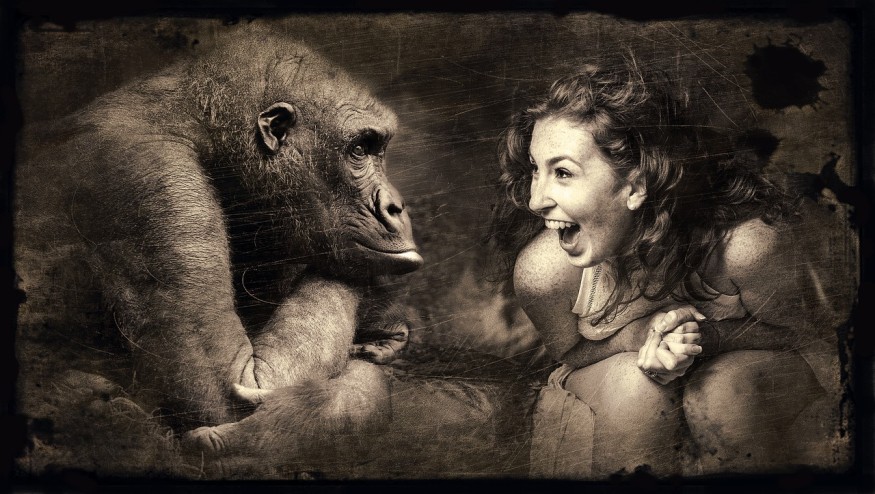Sexual dimorphism is a biological phenomenon where differences in morphological characteristics between members of the different sex define uniqueness among humans and other animals, even plants.
For millions of years, evolutionary biology has thought us that the "survival of the fittest," as Charles Darwin puts it, is a result of being able to adapt to one's environment not only to live but also to reproduce.
While an offspring born from natural reproduction is expected to have an appearance like its parents, one may notice that there are always differences in the appearances and functions of male and female animals.
In humans, the most common evidence of sexual dimorphism is the shape of human sizes, as well as other features like body parts in females that men do not have and need.
In previous years, scientists have determined that sexual dimorphism is not solely dependent as a product of sexual intercourse and reproduction. Instead, the phenomenon is deeper and more mysterious than previously thought.
For instance, female kangaroos have pouches on their bellies while their male counterparts do not have one.
Ancient Evolutionary Traits

Long before dinosaurs roamed the Earth and humans appeared on its soil, ancient living organisms possess unique traits that would serve as a foundation of the morphological appearances and functions of animals and plants that we see today.
However, the biological mechanisms behind how evolution chooses how an organism should appear relative to its other sexual counterpart are still unclear.
In the case of Homo sapiens, a 2021 study published in the journal Scientific Reports, it explored how sexual dimorphism affect human faces around the world.
Researchers involved in the paper emphasized the sexual selection is responsible for the evolution of some of the most evident dimorphic traits in animals.
Nevertheless, it is still a mystery if the facial shape difference between human male and female are a result of mate choice or not.
Human Sexual Dimorphism
Sexual dimorphism is right in front of our eyes but remain poorly understood, as a previous study puts forward.
In a 2022 research article published in the journal Frontiers in Psychology, its authors said human sexual dimorphism has been "widely misunderstood," specifying that a large body of literature has underestimated the significant impacts in body composition and the role of male contest competition when choosing mates.
The researchers argued that sexual selection on the part of males and disruptive natural selection has made humans a "sexually dimorphic species," according to the 2022 study.
This comes from the premise that sexual dimorphism is more common throughout the Animal Kingdom.
In the past sexual dimorphism has been considered to pose certain advantages when it comes to survival.
For instance, some species of woodpecker have beaks that come in different shapes and sizes, which allow both sexes to find insect prey in different layers of a tree's bark, according to the Northern Arizona University.
Related Article: Stegosaurus' Bony Plates May Determine Sex
© 2025 NatureWorldNews.com All rights reserved. Do not reproduce without permission.





